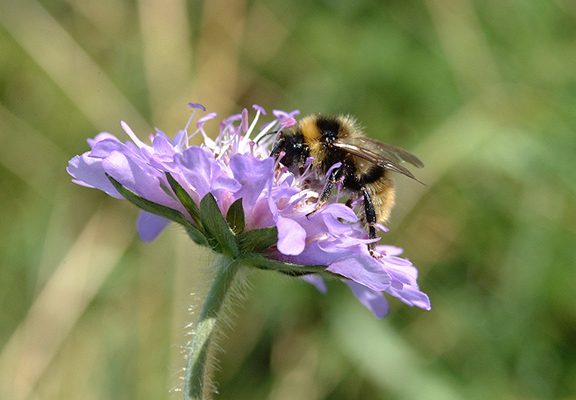- Home
- News
- What’s On
- Activities for Children
- Arts & Crafts
- Autos and Bikes
- Business events
- Car Boot & Auctions
- Charity events
- Churches & Religious
- Comedy
- Dance
- Days out & Local interest
- Education
- Exhibition
- Film
- Gardening & Horticulture
- Health
- Markets & Fairs
- Music
- Nature & Environment
- Spiritual
- Sport
- Talks and Discussions
- Theatre and Drama
- Business
- Local Information
- Jobs
- Deaths
- Charity events
- Contact Us
State of nature in the Peak District

The wildlife of the Peak District is fundamental to the local economy and people’s welfare – is an important conclusion in the new State of Nature in the Peak District report.
The report sets out what is known about recent trends in the key habitats and species in the Peak District, and identifies gaps in the knowledge base.
Produced by Nature Peak District, which is the Local Nature Partnership for the area, it covers moorlands, grassland, woodlands, wetlands, birds, and other species including some plants, insects and mammals.
The full report is available online at www.peakdistrict.gov.uk/nature-report.
It is designed for people who love the Peak District and want to see it reaching its full potential for both wildlife and all the benefits this brings for people and places. It will inform nature conservation and land management and it highlights future actions needed to support wildlife in the Peak District.
Author of the report, Penny Anderson, nationally-acclaimed ecologist, biodiversity expert, and authority member of the Peak District National Park, said: “Nature is important in its own right, but the ‘wow’ factor also enriches and inspires the lives of the millions of people who live in and visit the Peak District.
“The report shows both successes in protecting and improving habitats but also losses and declines of much loved vistas and species like lapwing and hay meadow flowers. It’s vital that we have a better understanding of local wildlife so that we can appreciate, value and enhance the natural environment for everyone’s benefit.
“Healthy habitats and species populations indicate when we’re getting things right when things are not going so well, they also show where there’s still more to be done.”
Work by the United Utilities’ SCaMP project, Moors for Future Partnership and National Trust on revegetating and rewetting the Dark Peak moorlands damaged by wildfire and past industrial pollution are given in the report as good examples of wildlife restoration, benefiting birds such as golden plover, dunlin and curlew, as well as enhancing the landscape, improving water quality, reducing downstream flooding and combating climate change.
However, numbers of other species, including twite, snipe and skylark, and many of our wildflowers, butterflies and bumblebees, are in decline indicating that more habitat management is needed to help them.
A printed summary of the report is also available, for more information contact Sarah Bird, Biodiversity Partnerships Officer, on 01629 816273, or sarah.bird@peakdistrict.gov.uk.

You must be logged in to post a comment Login